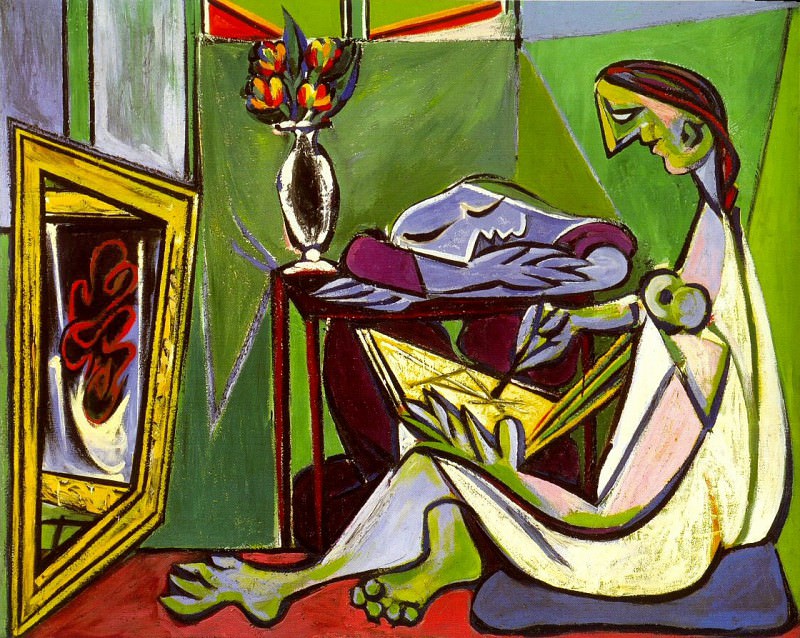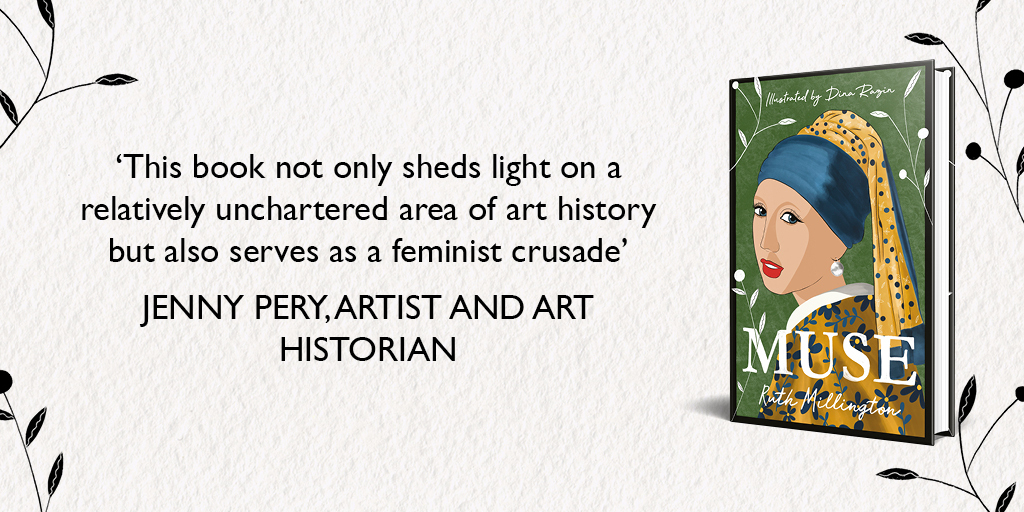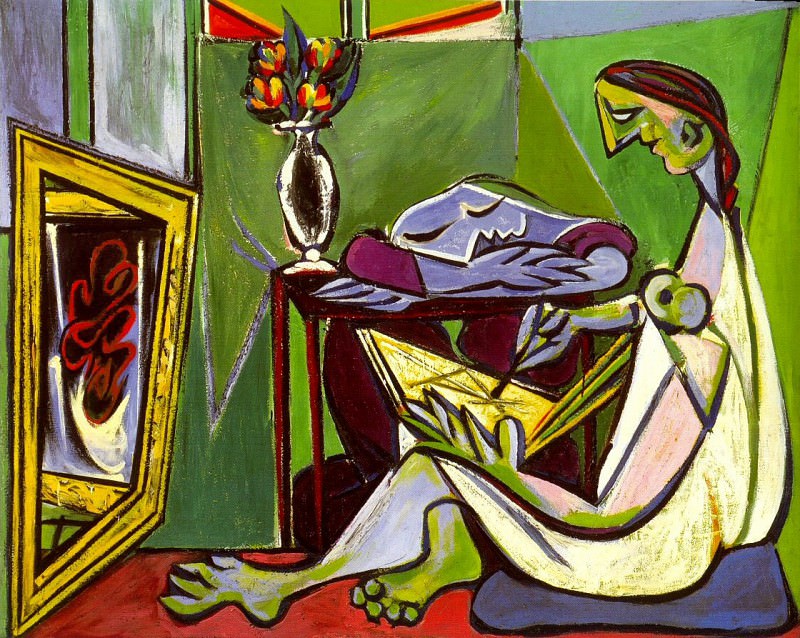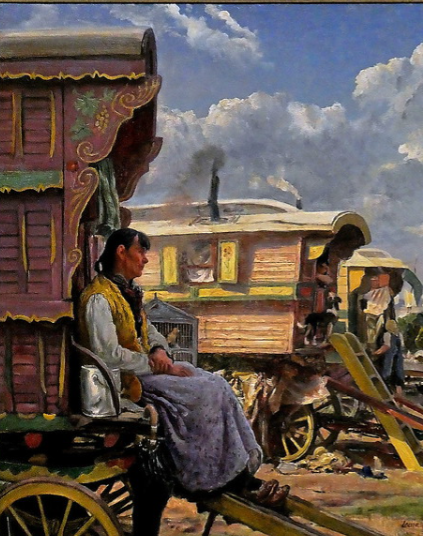
Every sitter has a story. We know their famous faces, but who are real-life women pictured in Pablo Picasso’s portraits? Let’s step inside the frame to meet 4 incredible women who inspired the Spanish master. A dancer, a painter, a photographer and a life model – and all inspiring muses.

1. Fernande Olivier (1881 – 1966) first met Picasso in 1904, while working in Montmartre as an artist and life model. After moving in with him, she posed for more than 60 portraits, both in Picasso’s Paris studio and during trips abroad. One summer in Spain, the artist focused on Olivier’s head from multiple viewpoints, capturing her high cheekbones, straight nose and full lips in paintings such as ‘Portrait of Fernande Olivier’ and ‘Seated Woman (1909). In collaboration with Olivier, Picasso entered his Cubist phase.

2. In 1917, Olga Khokhlova (1891 – 1955), a ballet dancer with the Ballets Russes, met Picasso, whom she married 2 years later. During their marriage, Picasso adopted thinner, more lyrical lines and a Neoclassical approach to depict his wife and muse, who appears poised in countless portraits like ‘Olga in an Armchair’ (1917). After the couple’s child, Paulo, was born in 1921, Khokhlova appears in paintings as a maternal muse, in the style of the Madonna.

3. Successful Surrealist photographer, Dora Maar (1907 –1997) had a dramatic impact on Picasso’s paintings. In her darkroom, she taught him to develop black and white photographs, while outside it she indoctrinated him in her Left-wing politics; both infused not only Picasso’s portraits of her as ‘The Weeping Woman’ (1937) but the epic anti-war mural, ‘Guernica’ (1937) in which her studio spotlight illuminates the monochrome scene.

4. French painter Françoise Gilot (1921 – 2023) is recognisable in Picasso’s portraits as a ‘Woman-flower’ (1946). She remembers him telling her, “You’re like a growing plant and I’ve been wondering how I could get across the idea that you belong to the vegetable kingdom”. She did outgrow Picasso, leaving him to pursue her own dreams of being a great artist, painting herself in liberating terms in works such as ‘Self-Portrait (Figure in the Wind) in 1944.



